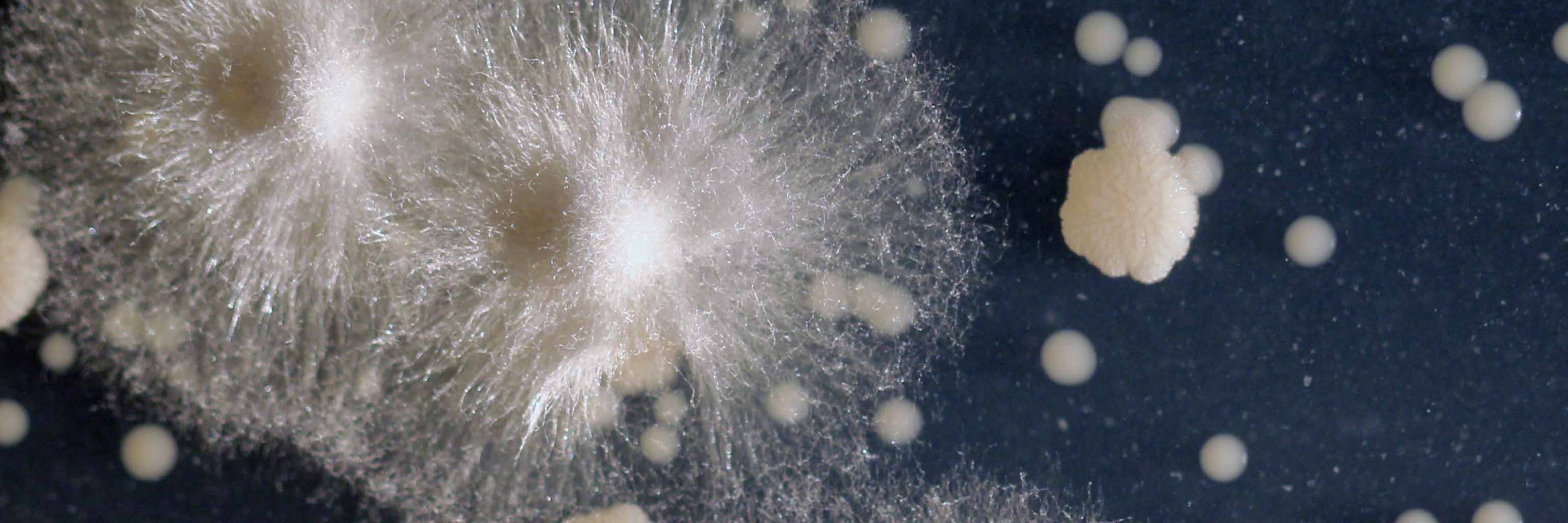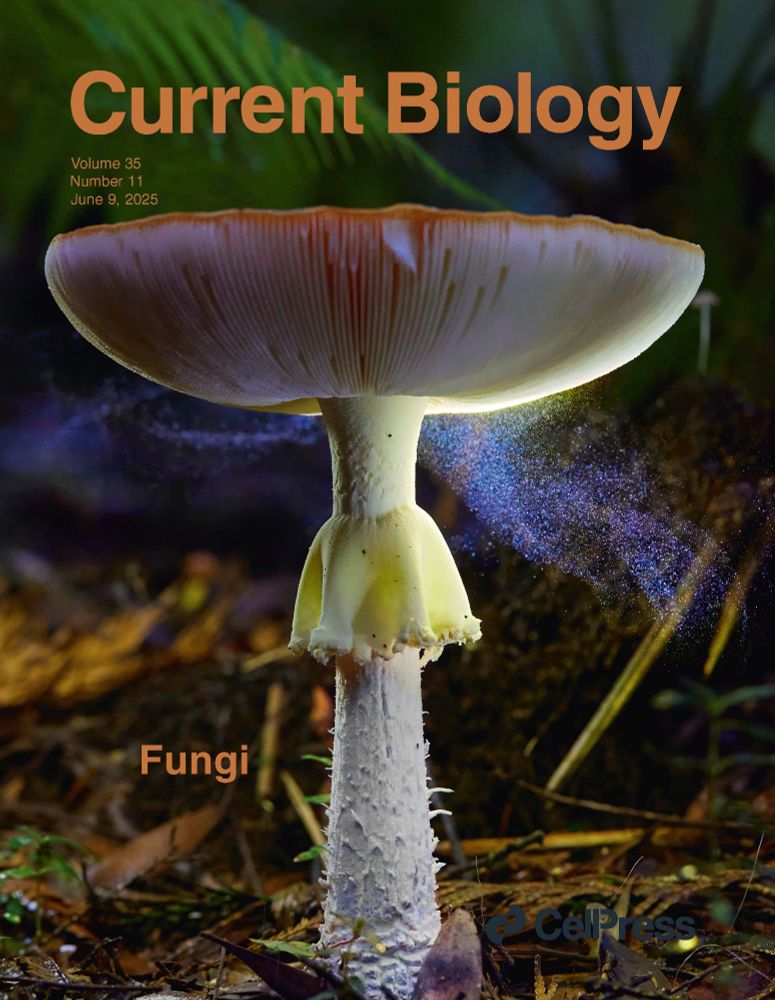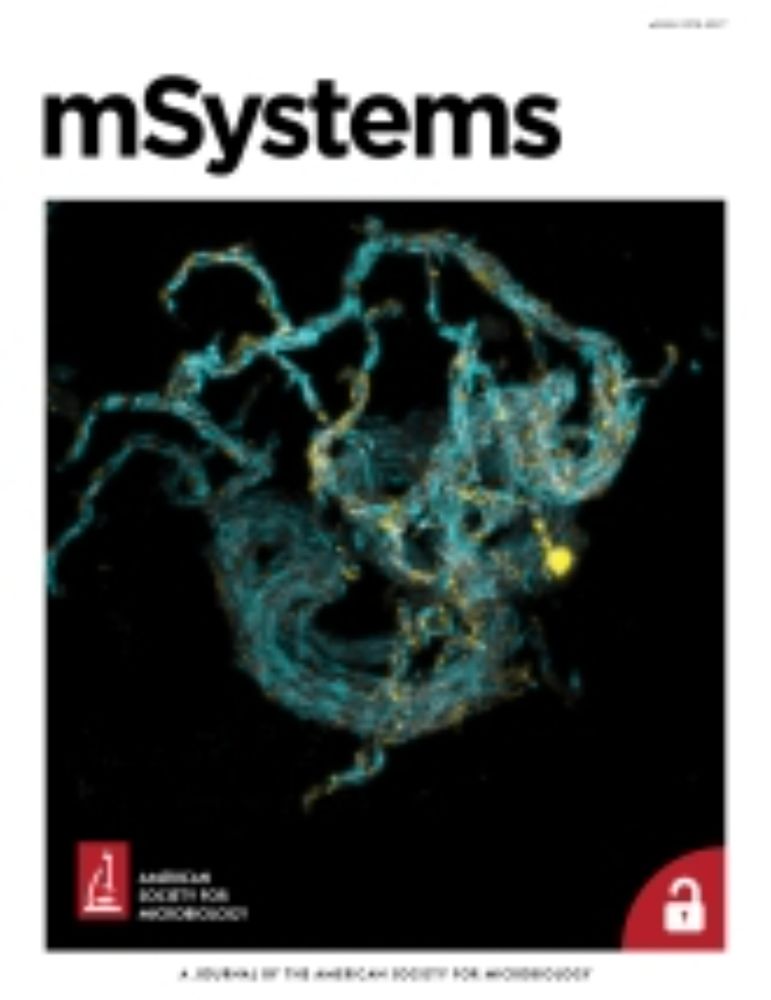Benjamin Wolfe
@benwolfe.bsky.social
1.3K followers
230 following
33 posts
Associate Professor Tufts University
Ecology/evolution of microbes in food systems. Constant gardener.
Posts
Media
Videos
Starter Packs
Reposted by Benjamin Wolfe
Reposted by Benjamin Wolfe
Reposted by Benjamin Wolfe
Reposted by Benjamin Wolfe
angela oliverio
@oliverio.bsky.social
· Aug 22

Twelve species of human parasites make up half of the literature on microbial eukaryotes
Although microbial eukaryotes comprise the majority of eukaryotic phylogenetic diversity and inhabit nearly all ecosystems globally, most research focuses on only a few species of human parasites. Her...
doi.org
Reposted by Benjamin Wolfe
Benjamin Wolfe
@benwolfe.bsky.social
· Jun 9
Reposted by Benjamin Wolfe
angela oliverio
@oliverio.bsky.social
· Mar 25
Reposted by Benjamin Wolfe
Reposted by Benjamin Wolfe

















